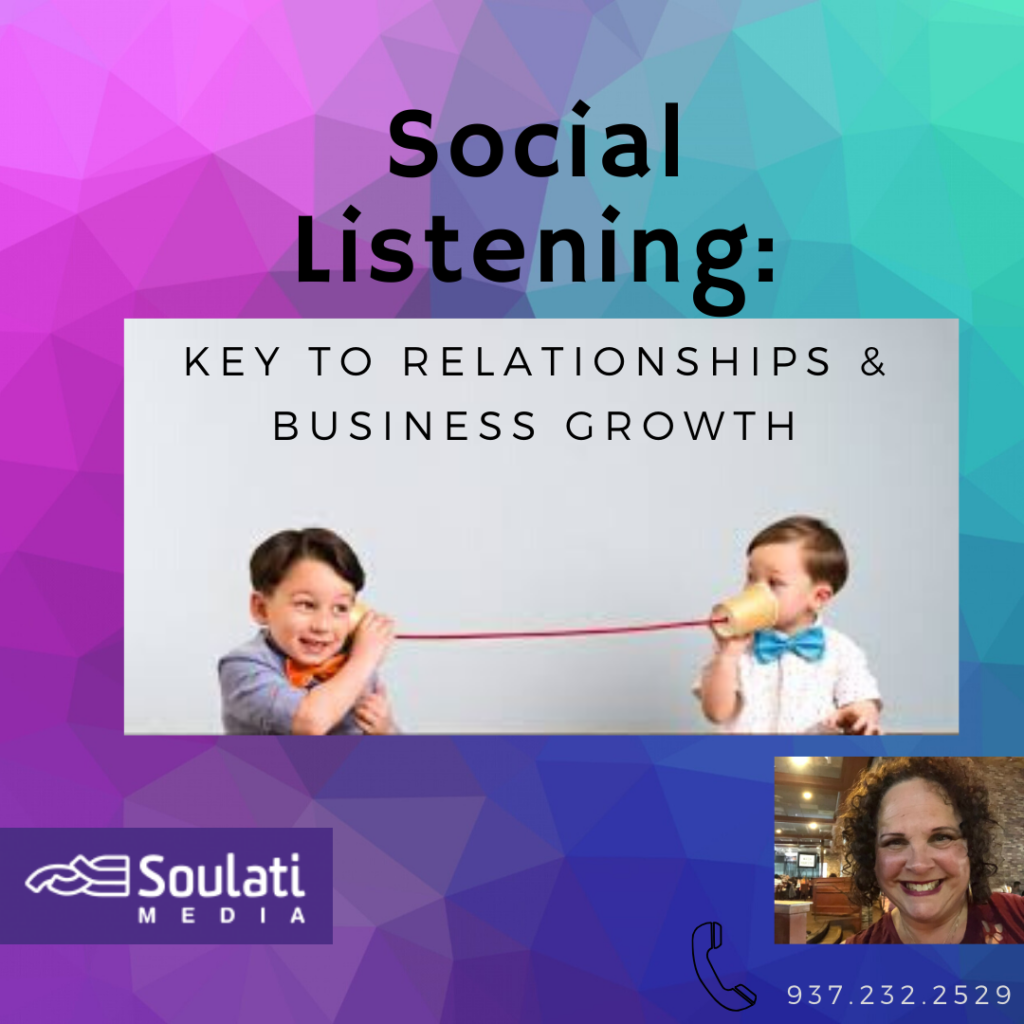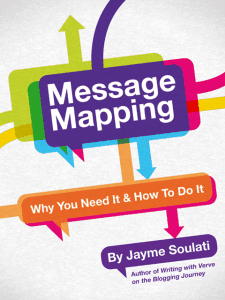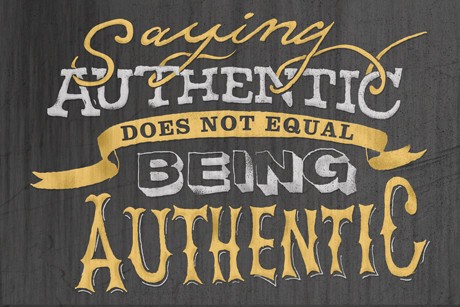
Social listening has risen to the top of the ladder as a critical component in program strategy for every business affected by COVID-19. Where before, you surfed social media and merely brushed against key conversations in your stream. Now, deeper dives into conversation provide the pulse of the conversation that not only builds awareness but also opportunity.
What Is Social Listening
What does social listening mean to you?
As social media engagement tightens up into niche groups and smaller streams, these “virtual dinner chats” provide meaningful conversation with a lot of emotion and feelings bared in more comfortable channels.
Perhaps you invite 10 people to join you in a video conference on Zoom, Skype, Whereby, Calendly, or other really cool app. You ask two questions, “So, how is everyone coping?” And “What are you putting in place to ensure you don’t collapse from stress?”
And, the floodgates open widely as people isolated in their self-quarantine want to share with others and feel the strength of community. During these conversations, your job as host is to find the pulse of the conversation. To help, you don your PR strategist hat, you determine how to address the problems with solutions.
Solving the issues surrounding COVID-19 seems particularly impossible. Therefore, building relationship and community solve the immediate issue of isolation. Within that relationship building, you invite everyone to chat about their business. What do they do on a normal business day? Ask about products and services they offer others on a normal business day? What tips can everyone offer that others can adopt?
Social Media Does Offer A Solution During Isolation
Social media, in my book, has always, always been about engagement and NEVER a one-way street. Frequently, many peeps lazily post on channels and rarely respond or share one-to-one. Connectivity with true humans softens the chaos and jagged edges of our own psyche.
And, if you don’t mind me asking, how is yours? Psychologically, COVID-19 wreaks great havoc on the psyche. Mine is suffering greatly with enormous stress as a self-employed business owner. I worry for my daughter working in a grocery store as a cashier. My thoughts go daily to my 80-year-old mother hoping she copes well through quarantine. Even more, shuttered businesses I used to frequent for my livelihood and clients with closed doors due to the pandemic contribute to my stress. That means I worry for the health of my business and ability to pay my bills and mortgage.
In conclusion, I am turning to social listening to see that I’m not alone in this global crisis. I am reaching out to connect with old friends and business peers. I am blogging more frequently and having fun designing Instagram posts on Canva for the first time. Will this help me bring in money to my dying business? Perhaps or perhaps not, but, no one said Rome was built in a day, right?













